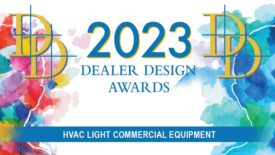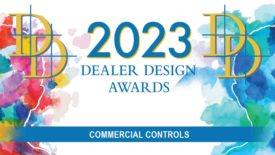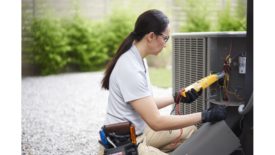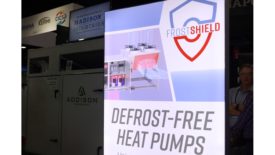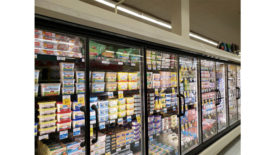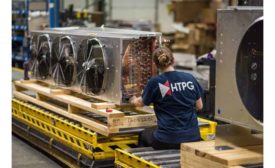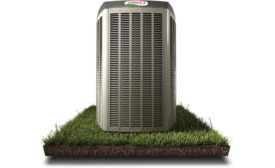
HVACR industry directory of HVAC and refrigeration products, manufacturers, suppliers, wholesalers, consultants, associations and exporters.
Are you sure you want to leave before submitting your RFP?
Lennox International Inc.
Company Profile
Lennox International Inc.
P.O. Box 799900
Dallas,
TX
75379-9900
United States
Phone: (972) 497-5000
https://www.lennoxinternational.com
liisourcing@lennoxintl.com
A worldwide leader in residential and commercial heating and air conditioning systems, Lennox Industries Inc. is based near Dallas, Texas.
Product Categories
Articles
Electrification Trend Sparks Heat Pump Retrofits, Part 2
Managing customer expectations about energy efficiency, payback, and comfort
Read More
Dual Fuel Heat Pumps: By the Numbers
Here are a few numbers for contractors to keep in mind when navigating conversations about dual fuel heat pumps
Read More
Filters, DOAS, and Portable Units Contribute to Commercial IAQ
New technology, developments help make air cleaner for occupants
Read More
OEMs Press EPA on Rulemaking Details for AIM Act
Manufacturers cite need for date-of-manufacture provision and updated building codes
Read More
Some Supply Chain Pressures Ease, But Other Challenges Remain
Uncertainty requires increased communication with customers, supplies
Read More
Lennox: ‘Overwhelming Response’ to New RTU
New rooftop HVAC unit combines a host of features, efficiencies
Read More
Manufacturers Report Record Revenues, but Supply Chain Hits Profits
Commercial market remains weak for most
Read More
Outlook for Residential, Commercial HVAC Looks Good
Demand continues at slower pace for residential, picks up for commercial
Read More
Inflation Puts Pressure on HVAC Manufacturers, Contractors
Consumers understand prices are higher for everything
Read More
Panel Sees Better Times Ahead for Commercial HVAC Contractors
Executives advise keeping track of where project money is headed
Read More
HVAC Manufacturers Look Ahead to a Post-COVID World
Supply chain pressures will remain, but indoor air quality should continue to be a bright spot
Read More
The Benefits of High-End HVAC, and How to Service and Sell It
High-end systems offer numerous opportunities for contractors but require customer education
Read More
Copyright ©2024. All Rights Reserved BNP Media.
Design, CMS, Hosting & Web Development :: ePublishing
